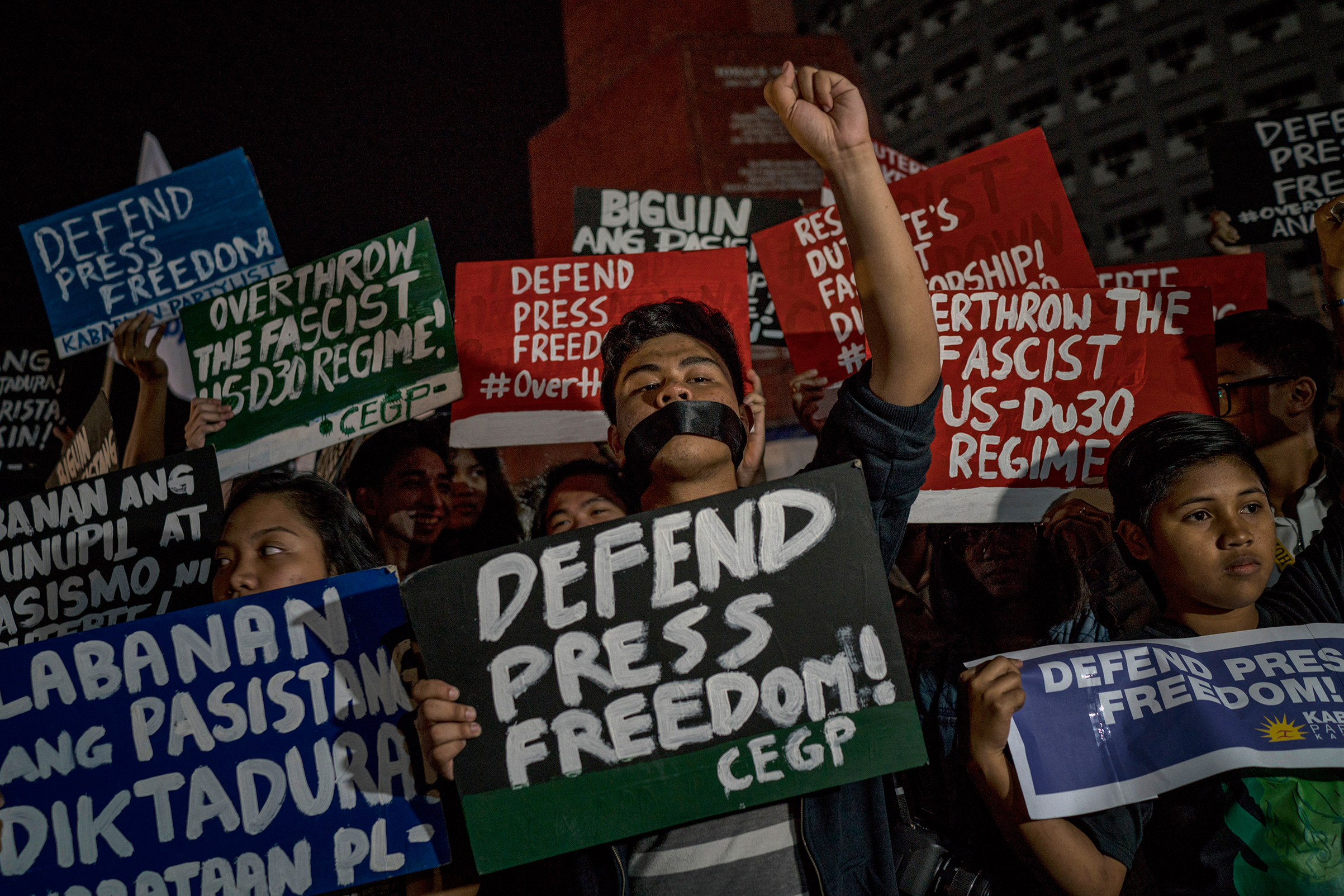In 2021, India didn’t slip more positions on the World Press Freedom Index 2021, published by the not-for-profit organization Reporters Without Borders(RSF) like in recent times. However, the country continues to be among countries classified as bad for journalism. Few south Asian countries rank better than India but journalist life is at heavy risk in them.
According to the latest index, Among 180 countries Norway topped the list followed by Finland and Denmark. African country Eritrea is at the bottom of the list. Countries with notorious conditions for journalists such as China ranked 177, North Korea at 179, and Turkmenistan at 178.
South Asian countries, Nepal stand at 106, Sri Lanka at 127, Myanmar where a coup happened recently after the ranking released at 140, Pakistan at 145, and Bangladesh at 152. While maintaining its previous year rank stood at 142.
Journalists in India
The present ruling government in the country is said to create an environment of intimidation for any journalist who is critical of them. Journalists who talk against the government policies are termed as anti-state and anti-national, the World Press Freedom Index also mentioned the same.
Reporters in the country, mainly those from the village part of the country are exposed to various attacks such as police violence, ambushes by political activists, criminal charges, and attacks by local gangs and corrupt officials.
The country is experiencing media favoritism for the present government from many national media agencies. After crossing the 300 marks again in 2019, Narendra Modi emerged as a strong leader in the country, which also grew one-sided news in the country’s prime media channels.
During the first wave of coronavirus, the government tried to take control over news coverage of the pandemic by prosecuting journalists with claims of wrong information. In Kashmir, media freedom falls further in danger, reporters on the ground are often harassed by police and paramilitary, and strict content regulations are forcing media outlets to close their operations.
“Indians who espouse Hindutva, the ideology that gave rise to radical right-wing Hindu nationalism, are trying to purge all manifestations of ‘anti-national’ thought from the public debate. The coordinated hate campaigns waged on social networks against journalists who dare to speak or write about subjects that annoy Hindutva followers are terrifying and include calls for the journalists concerned to be murdered,” the report said.
South Asian countries
While in opposition, Prime Minister Khadga Prasad Sharma Oli fought for press freedom, after winning he started to control journalistic freedom in the country. Reporters are sidelined by the ruling government from providing government information if they dared to speak.
In Pakistan, the media is the target of military and Inter-Services Intelligence (ISI). Since 2018, cases of censorship grew and the stopping distribution of popular daily Dawn shows the government’s control.
The coup that happened on February 1st in Myanmar has brought back old tactics used by the military before 2011. After 2011, journalists in the country hoped for better laws, but now it has become common in countries to jail and harass journalists speaking against. In Bangladesh, coronavirus has changed the country’s reporters’ conditions, civilian and police violence against the reporter grew ever since.

